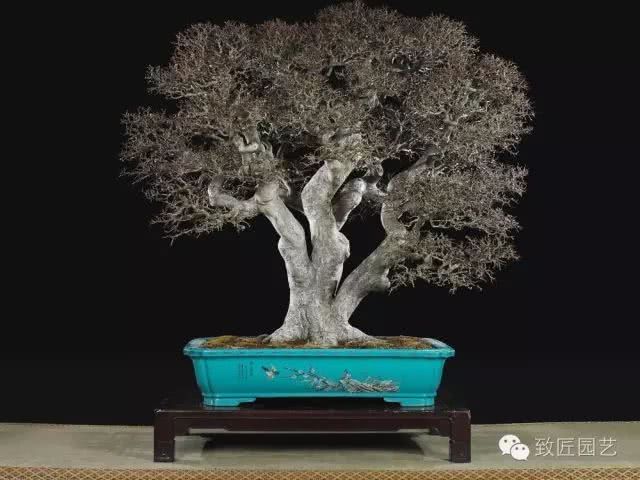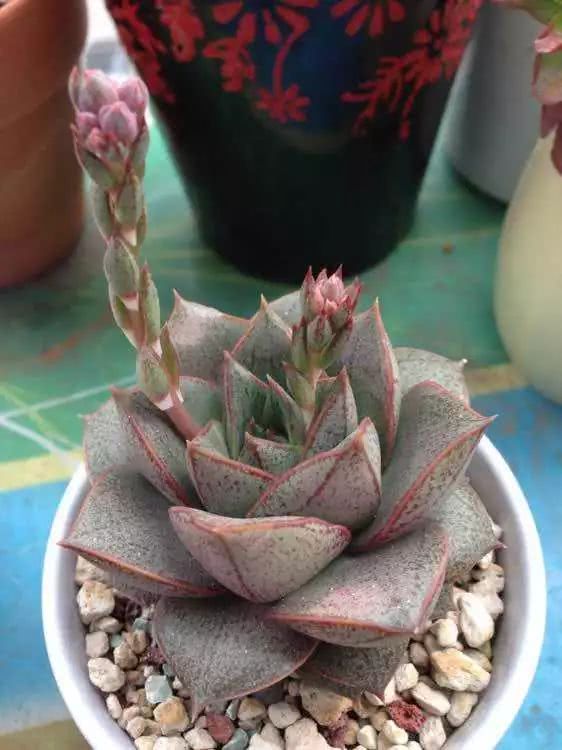How to dig and cultivate elm stakes?

How to dig and cultivate elm stakes?
Elm is a conventional tree species of stump bonsai in China, which is widely distributed and is suitable for making various forms of bonsai. Elm is a deciduous tree with small leaves, many buds, dense branches, strong sprouting ability, tough wood and well-developed roots, regardless of soil and climate. The old stump is ancient and strange, with all kinds of shapes, beautiful tree shape and vigorous stem.
Ancient pleasure tree stumps are mostly excavated from the mountains, and general stumps are also cultivated by defending the roots of elm trees and propagating under high pressure. The wild stump is natural, simple and colorful, and its charm is diverse. As long as it is dug properly, it is very easy to survive.
(1) master the excavation period. The elm pile is mainly excavated in its dormant period. The northern region is excavated after thawing in early spring, while the southern region is excavated throughout the dormant period. When growing new leaves, you can still dig, but when the temperature rises, the water evaporation of leaves and trunks is appropriate. When digging, you should cut off the branches, leave more whisker roots, stay more soil, or bring soil balls. The exposed parts can be wrapped with plastic sheeting, and the excess branches and leaves can be cut off after being shipped back in time to reduce the water evaporation of the stump as much as possible. Shade and moisturize on a sunny day. It is best to choose cloudy or cloudy weather for mining.
If you find the stump, first examine the shape of the tree. For the stump with cultivation value, first cut off the excess branches and leaves, saw off the useless trunk, and then dig to retain the root length of 5 to 6 times the length of the tree base.
(2) mastering water management. The excavated stump cannot be soaked or sprayed, so as not to cause excessive humidity in the branches and roots, and the leakage of tree sap, that is, the so-called "degumming", affecting the survival of the stump. After the stump is cut and put on the basin, as long as you pay attention to keeping the basin soil moist, you don't have to spray water on the trunk to reduce the sap seeping out from the wound. In general, the stump of elm trees will sprout, and the thick green of buds and leaves is the performance of growing new roots, so the excess bud points can be properly erased at this time. The bud leaves are light green and gray, indicating that the new buds have not yet grown well. At this time, the tree stump should pay attention to shading the sun, and the basin soil should not be too wet so as not to affect the roots.
Potted piles should pay attention to sunshade, can not let the hot sun exposure. When the weather is cool in autumn, you can remove the sunshade and accept the sun. Rarefied liquid fertilizer can be applied twice to make the branches grow strong. Elm stakes are generally trimmed and pruned during the dormant period after autumn.
Elm trees are vulnerable to aphids and can be sprayed with 50% dichlorvos 1000 liquid. Spraying dimethoate on elm trees will produce fallen leaves and affect growth, which should be paid special attention to.
Wonderful content
- Prev

Does succulent plant grow foil or blossom and pinch it off? Come see
It is reported that succulent plants generally blossom in one year in their native places, most of which are concentrated in spring, but due to the change of climate, water and other environmental factors, succulent plants flowering is relatively rare. But as long as the temperature is higher than the environment.
- Next

Rizhao Jinlou Lou is picturesque-what a beautiful home
Wonderful content click below to see more content, please click: bonsai article summary! Do you like this article? Share immediately.
Related
- Wuhan Hospital Iron Tree Blooming Result Was Instantly Frightened by the Gardener Master
- Which variety of camellia is the most fragrant and best? Which one do you like best?
- What is the small blue coat, the breeding methods and matters needing attention of the succulent plant
- Dormancy time and maintenance management of succulent plants during dormancy
- Minas succulent how to raise, Minas succulent plant pictures
- What are the varieties of winter succulent plants
- How to raise succulent plants in twelve rolls? let's take a look at some experience of breeding twelve rolls.
- Attention should be paid to water control for succulent plants during dormant period (winter and summer)
- Watering experience of twelve rolls of succulent plants
- Techniques for fertilizing succulent plants. An article will let you know how to fertilize succulent plants.

